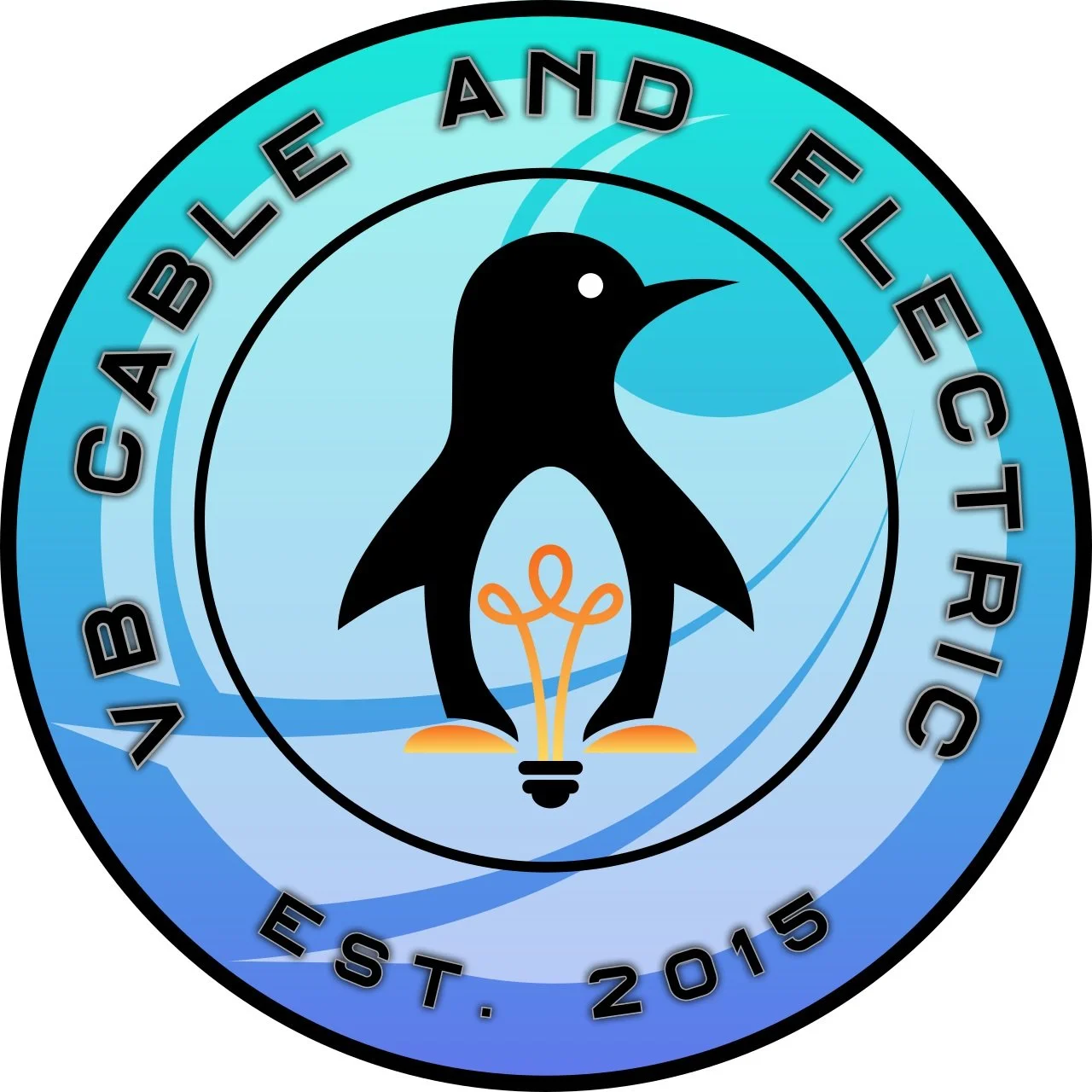Why Your Home’s Power Outlets Might Be Dangerous
Power outlets are essential for keeping your home powered, but when they become faulty or outdated, they can pose serious safety risks. From electrical shocks to fire hazards, unsafe outlets can lead to significant damage if left unaddressed. Here’s what you need to know about identifying and fixing dangerous power outlets in your home.
1. Loose or Worn-Out Outlets
Over time, outlets can become loose due to repeated use, making it difficult to securely plug in devices.
Why It’s Dangerous:
Loose connections can cause electrical arcing, which generates heat and increases the risk of fires.
Devices may not receive consistent power, leading to appliance damage.
What to Do:
If plugs fall out easily, replace the outlet immediately.
Consider upgrading to tamper-resistant or commercial-grade outlets for durability.
2. Discolored or Scorched Outlets
Brown or black marks on your outlets are a red flag that something is wrong.
Why It’s Dangerous:
Indicates overheating due to faulty wiring or overloaded circuits.
Can lead to electrical fires if ignored.
What to Do:
Turn off power and have a licensed electrician inspect the outlet.
Avoid using the outlet until it has been properly repaired or replaced.
3. Sparks or Burning Smells
If you see sparks or notice a burning odor when plugging in a device, your outlet may be failing.
Why It’s Dangerous:
Sparks can indicate a short circuit, posing an immediate fire hazard.
Burning smells suggest melting insulation, which can lead to exposed wiring.
What to Do:
Unplug all devices and avoid using the outlet.
Call a professional electrician to assess and fix the issue.
4. Warm or Hot Outlets
Outlets should never feel warm or hot to the touch.
Why It’s Dangerous:
Excessive heat can indicate overloaded circuits or poor wiring connections.
Can cause outlet failure and potential fire risks.
What to Do:
Avoid using high-powered devices on the same circuit.
Have an electrician inspect the outlet for wiring issues.
5. Two-Prong (Ungrounded) Outlets
Older homes may still have two-prong outlets, which lack proper grounding.
Why It’s Dangerous:
Without grounding, electrical surges have nowhere to safely discharge, increasing the risk of shocks and damage to electronics.
Does not meet modern electrical safety codes.
What to Do:
Upgrade to three-prong, grounded outlets with GFCI protection.
Consider whole-house rewiring if your home has many outdated outlets.
6. Frequent Tripped Breakers When Using an Outlet
If plugging into a specific outlet frequently causes your breaker to trip, it may be a sign of a bigger problem.
Why It’s Dangerous:
May indicate overloaded circuits, damaged wiring, or internal outlet failure.
Can result in power surges or electrical fires if left unresolved.
What to Do:
Stop using the outlet and distribute power usage more evenly.
Schedule an electrical inspection to diagnose the root cause.
7. Outlets Located Near Water Without GFCI Protection
GFCI (Ground Fault Circuit Interrupter) outlets are required in areas where water exposure is possible, such as kitchens, bathrooms, and outdoor spaces.
Why It’s Dangerous:
Increases the risk of electrical shocks in wet environments.
Can fail to shut off power during a ground fault, leading to life-threatening situations.
What to Do:
Upgrade all water-adjacent outlets to GFCI-protected models.
Test GFCI outlets regularly to ensure they are functioning properly.
Keep Your Home Safe with VB Cable and Electric!
Don’t ignore the warning signs of dangerous power outlets. At VB Cable and Electric, we specialize in outlet repairs, rewiring, and electrical safety inspections to keep your home protected. Contact us today to schedule an inspection and ensure your home’s outlets are up to code!
